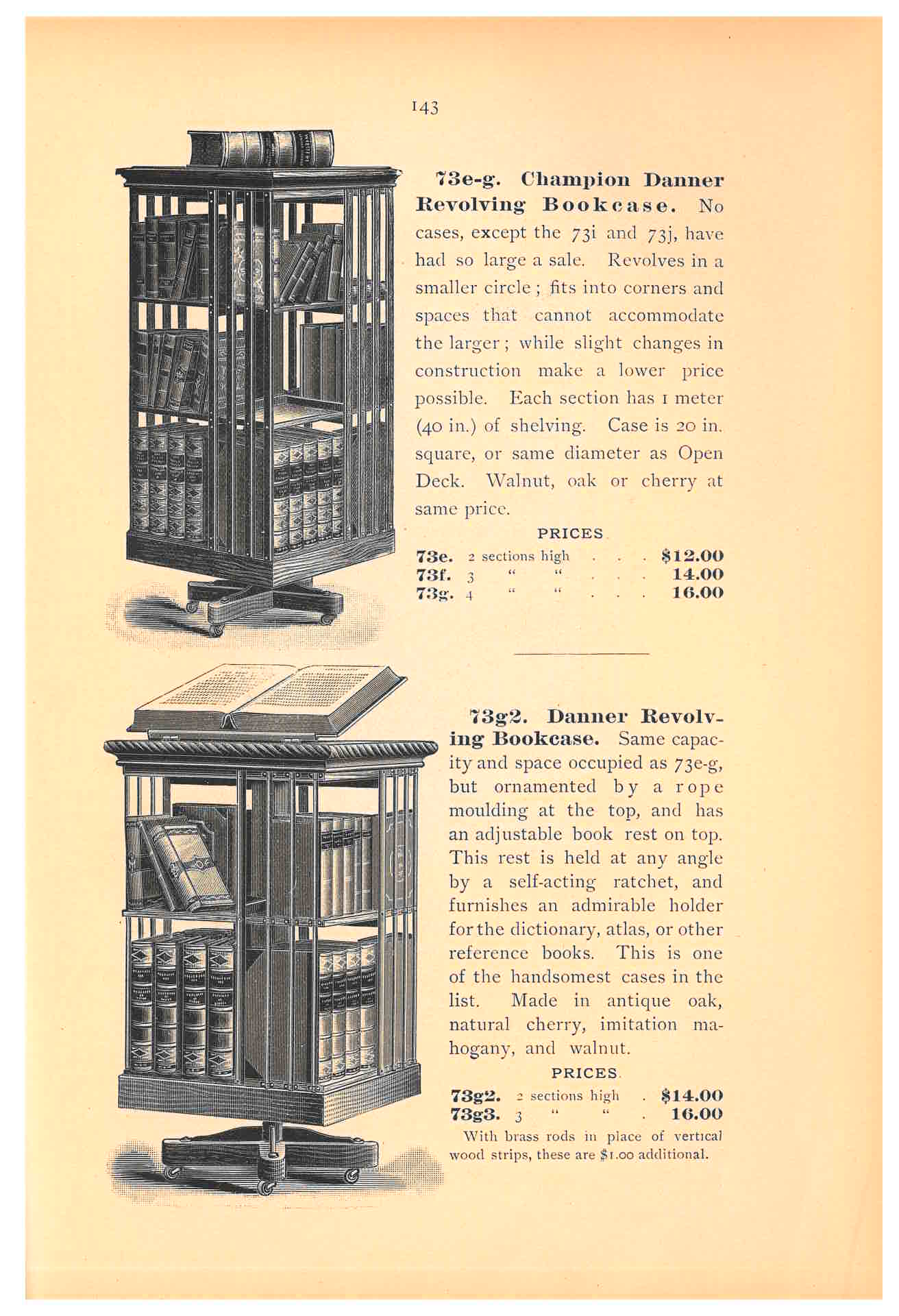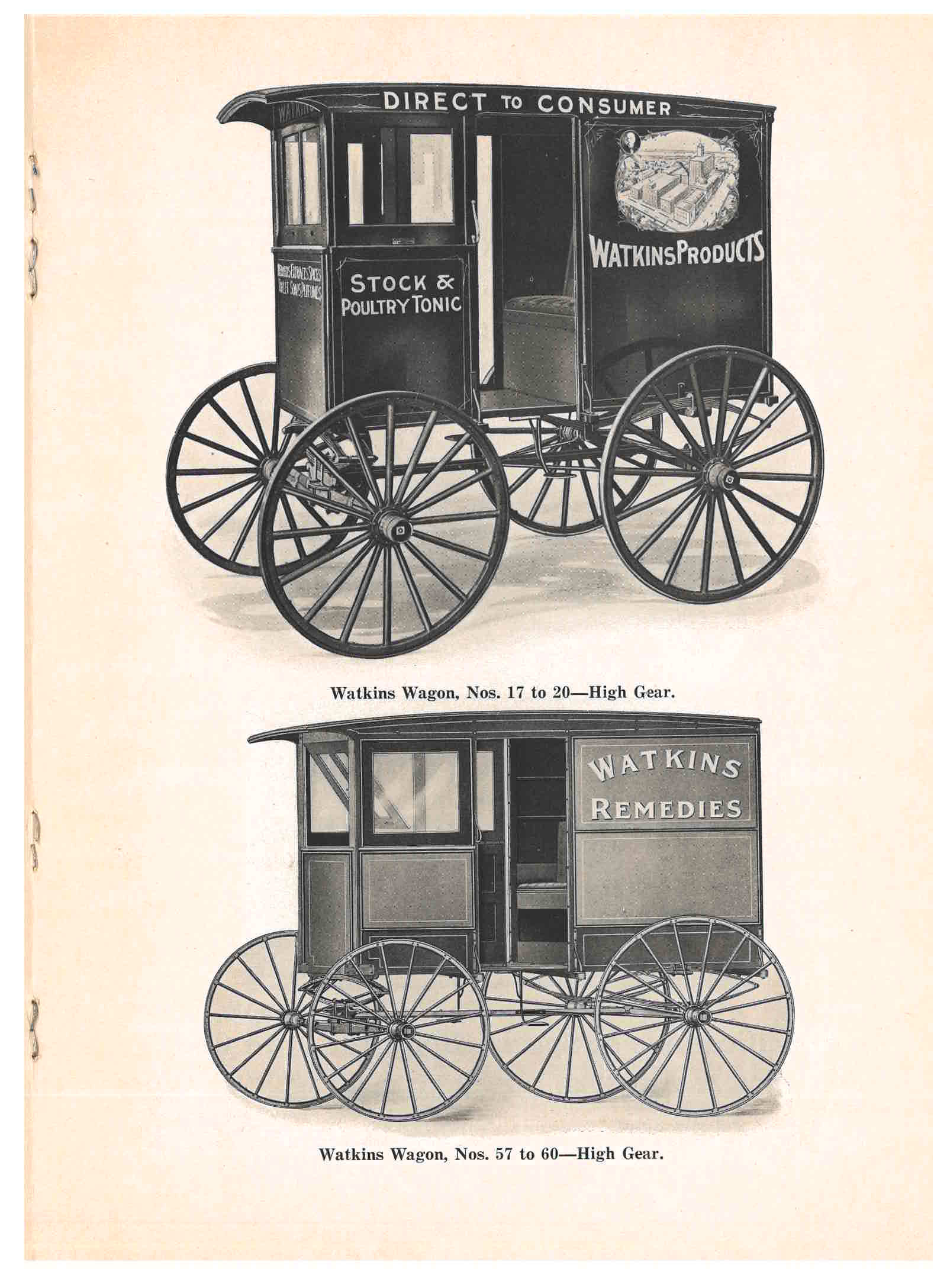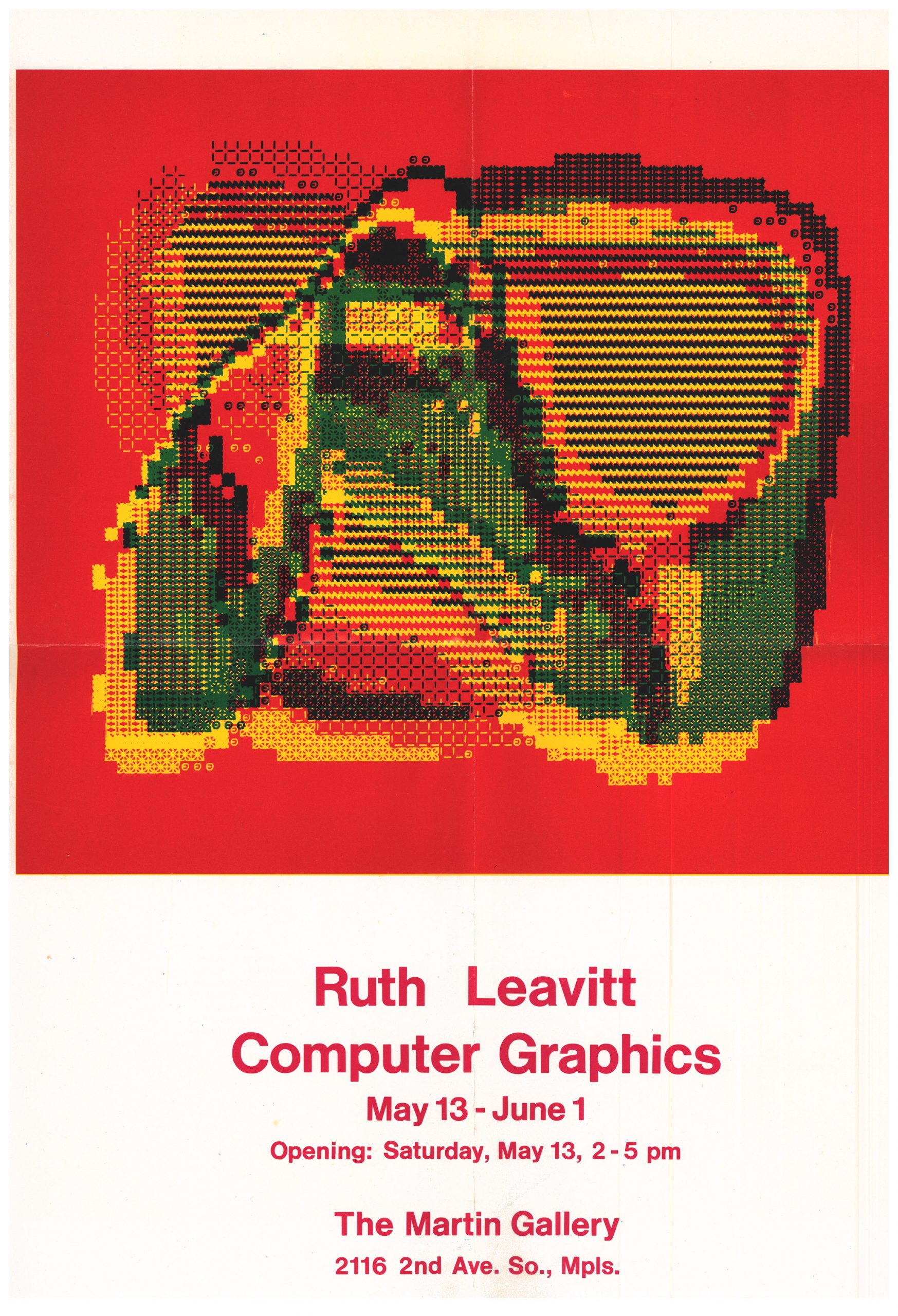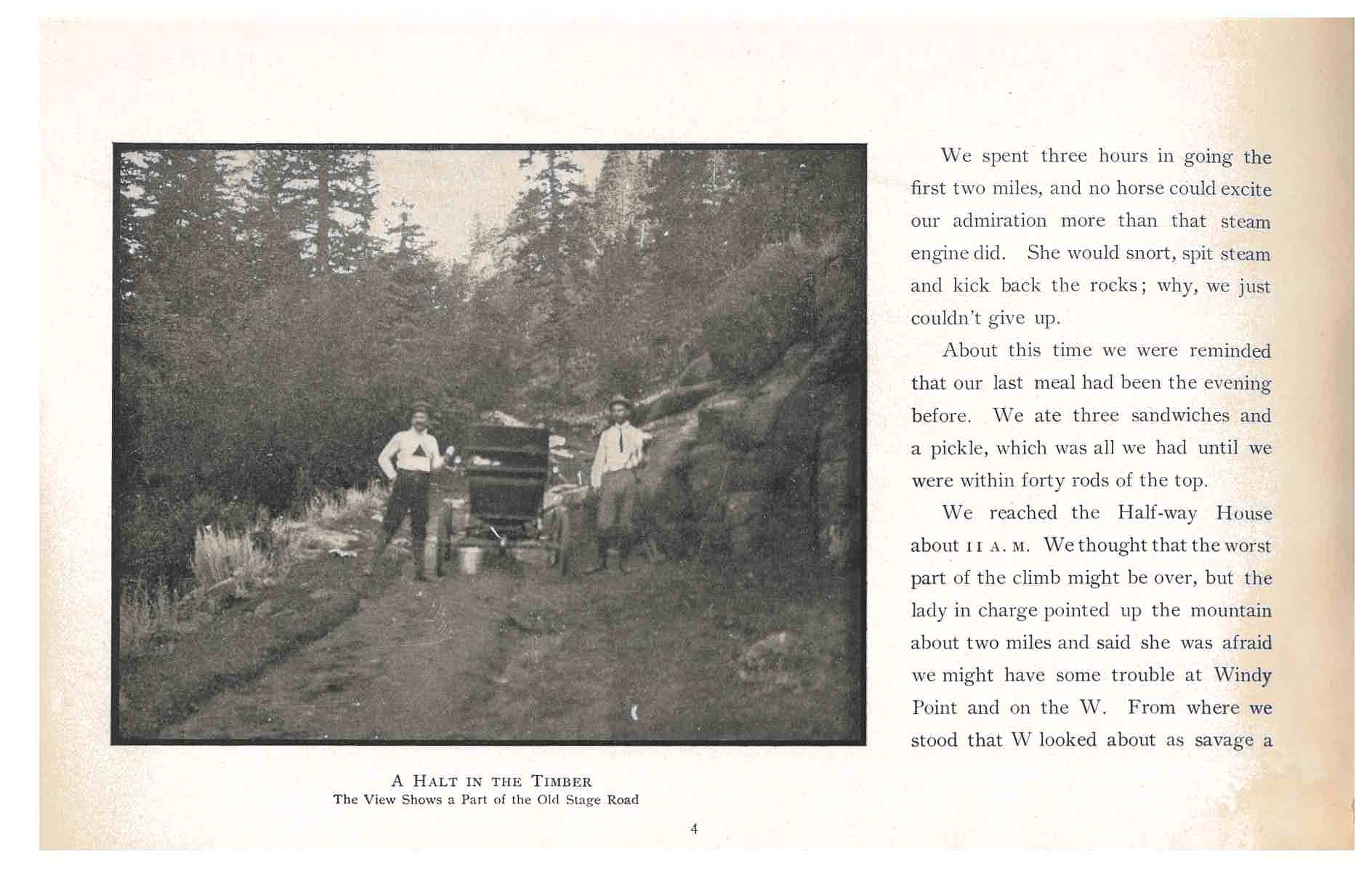It seems as if libraries have always had the challenge of shelving more books in less space. How did libraries in the late 19th century deal with space constraints? One possibility involves motion.
Category: Collection Highlights
The Smithsonian Libraries and Archives exhibition, Nature of the Book, looks at the natural materials and evolving techniques in bookbinding from 1450-1850 as illustrated by our collections. As the exhibition more »
This is the third in a series of ongoing blog posts from Smithsonian Libraries and Archives’ Audiovisual Media Preservation Initiative (AVMPI), spotlighting the labor of Smithsonian media collections staff across more »
The Smithsonian Institution’s Board of Regents recently appointed Evelyn Dilsaver, Cathy Heron and David H. Lipsey to the Smithsonian Libraries and Archives Advisory Board. They join 17 prominent community and more »
In the early 20th Century, a knock on the door might have come from a salesperson offering the latest in cosmetics or household supplies. How did salespeople at that time display their product line? What kind of vehicle did they use? A circa 1919 J. R. Watkins Co. trade catalog offers a few ideas.
In the series called “The ABCs of the Corcoran Artist Files” the American Art and Portrait Gallery (AA/PG) Library will explore artists through the materials from the recent Corcoran Vertical File Collection donation by featuring artists whose surnames begin with that letter. This time we are looking at the artists whose last names start with L. This exhibition and blog post were curated and written by Emily Moore, the Instruction and Outreach Archivist at the University of Oregon, who was a 2019 summer intern at the AAPG Library. After a pandemic pause, materials are once again on display in the library.
Two men set off to ascend a mountain located in Colorado called Pikes Peak. Their transportation was a vehicle called the Locomobile, and this trade catalog traces their journey on an August day over a century ago.






